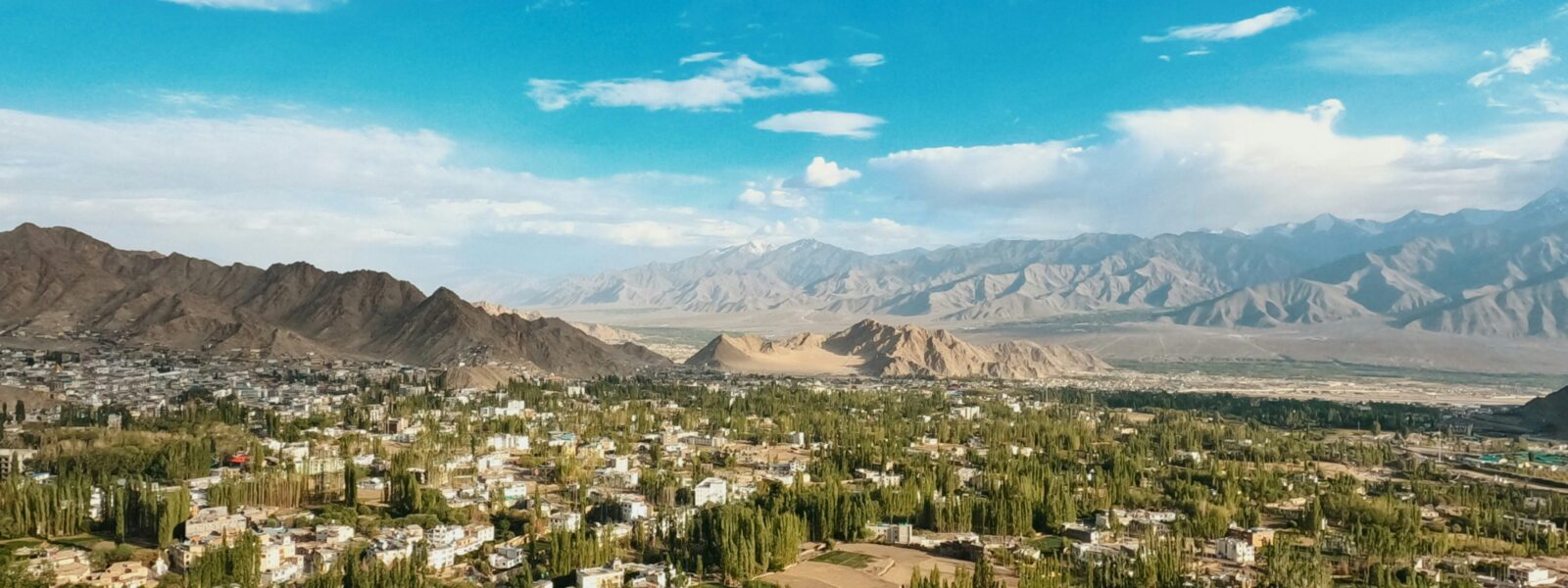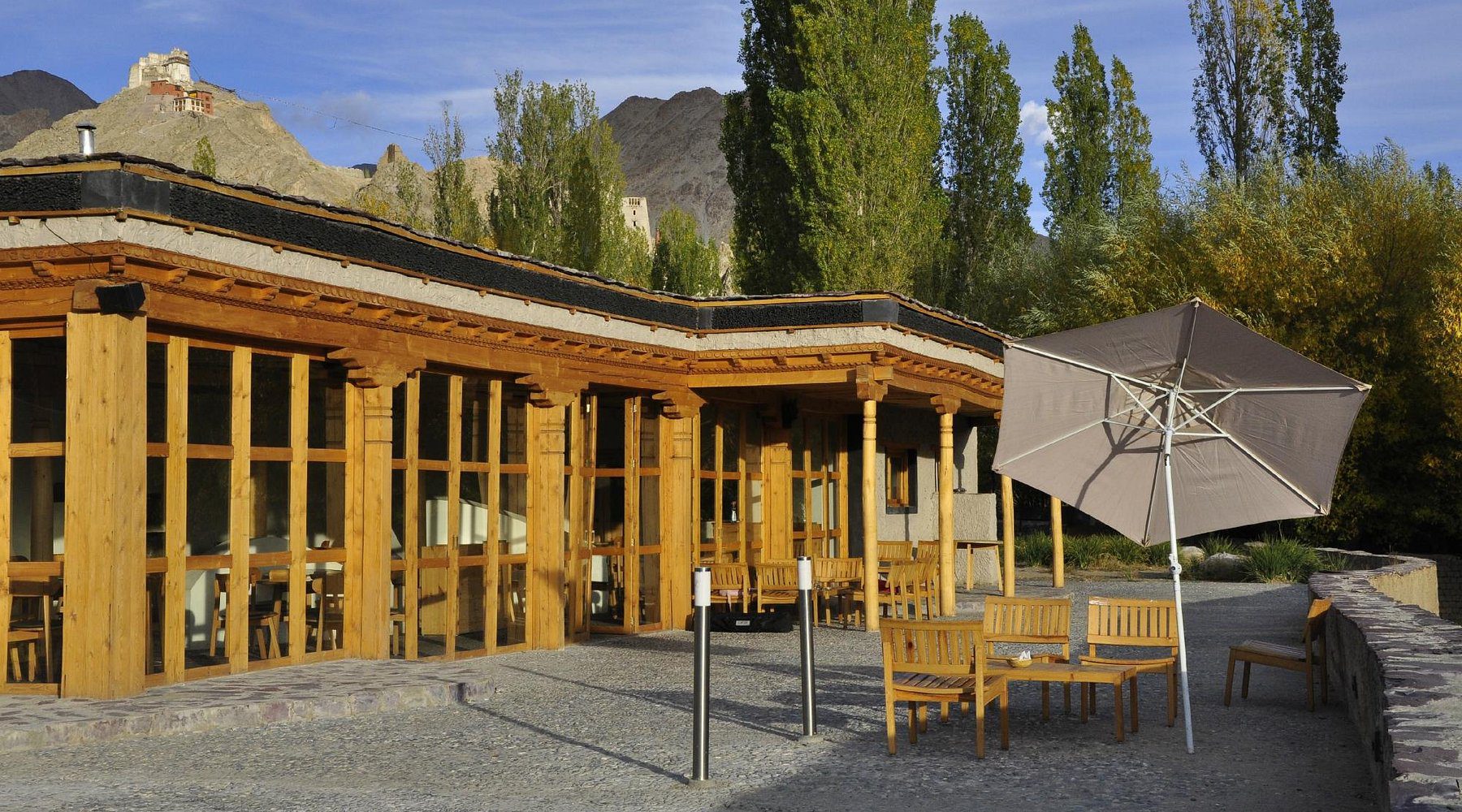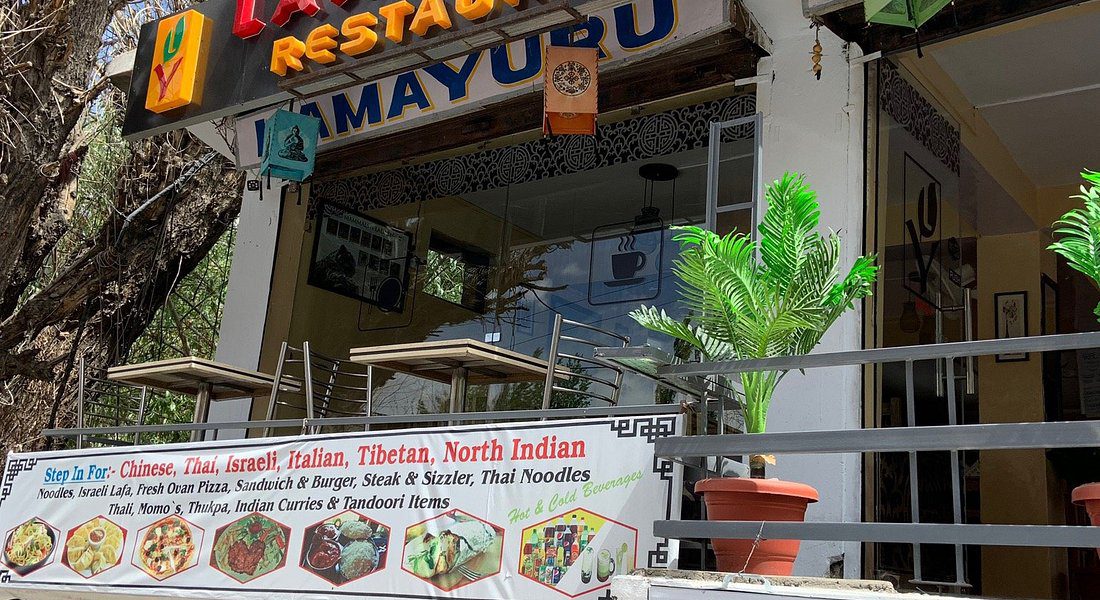Leh, the heart of Ladakh, is a traveler’s paradise known for its breathtaking landscapes, rich cultural heritage, and warm hospitality. From savoring Ladakhi delicacies to exploring historic landmarks and eco-friendly accommodations, Leh offers something for everyone. This ultimate travel guide will help you uncover the top restaurants, cafes, hotels, attractions, and hidden gems in Leh to make your journey unforgettable.
1. Top Restaurants in Leh
Leh boasts a variety of restaurants catering to diverse tastes, from authentic Ladakhi cuisine to international flavors.
1.1 Best Ladakhi Cuisine Restaurants
Discover the taste of Ladakh with dishes like Thukpa, Momos, and Butter Tea.
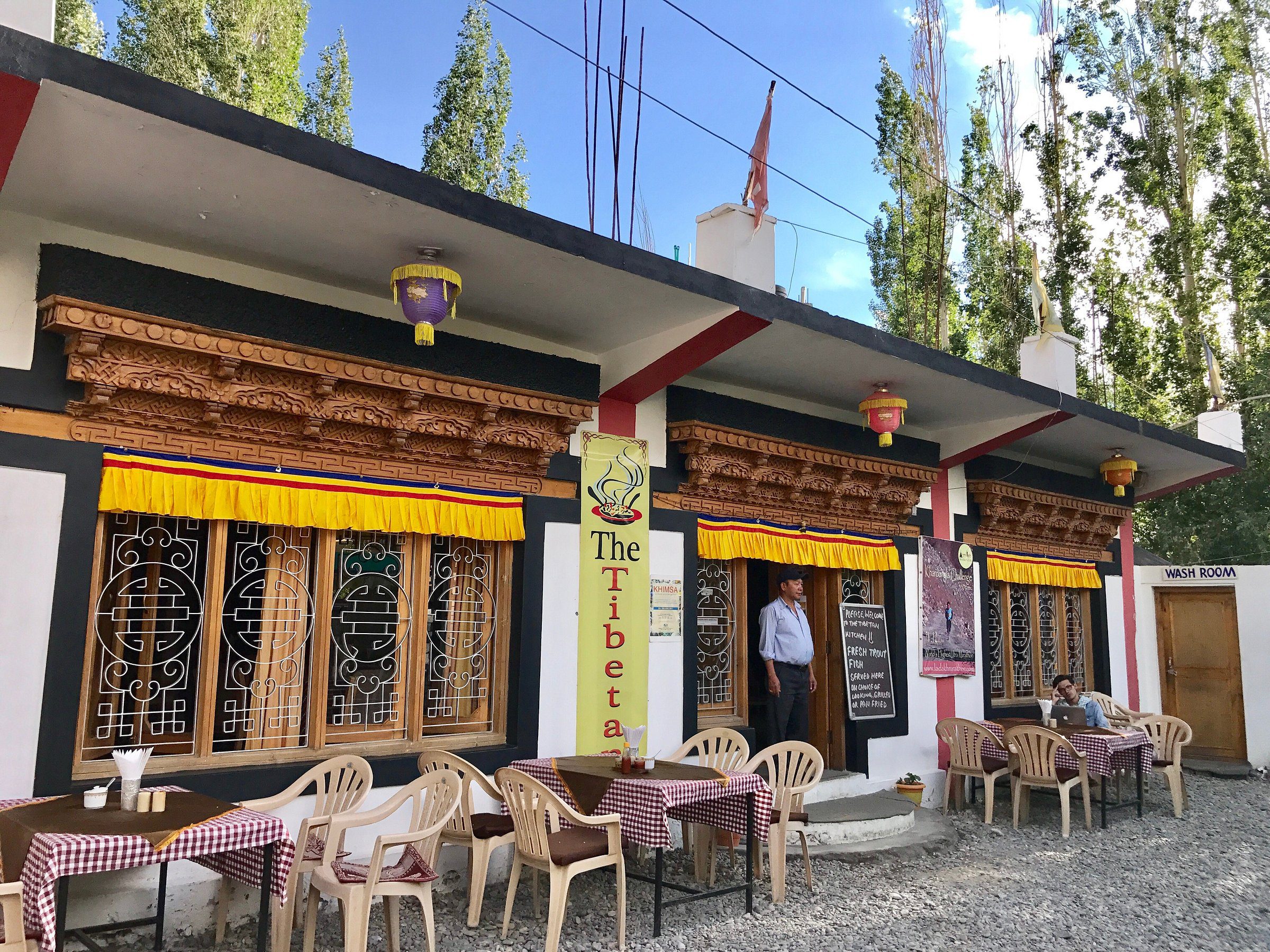
- The Tibetan Kitchen: Known for its authentic flavors and cozy atmosphere.
“The Tibetan Kitchen was the highlight of my culinary experience in Leh. Their Thukpa is a must-try!” – Sarah Jones, USA, Travel Blogger
1.2 Multi-Cuisine Restaurants in Leh
If you’re looking for variety, these multi-cuisine spots have you covered.

- Bon Appetit: Famous for its fusion menu and rooftop seating with mountain views.

- Lamayuru Restaurant: A go-to spot for Indian, Continental, and Chinese dishes.
1.3 Budget-Friendly Dining Options
For budget travelers, Leh has many affordable yet delicious options.
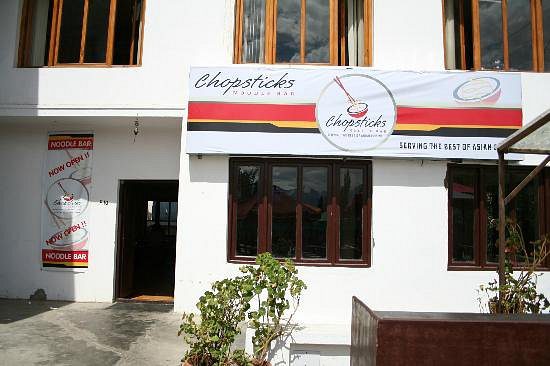
-
- Chopsticks Noodle Bar: Serves hearty meals at pocket-friendly prices.
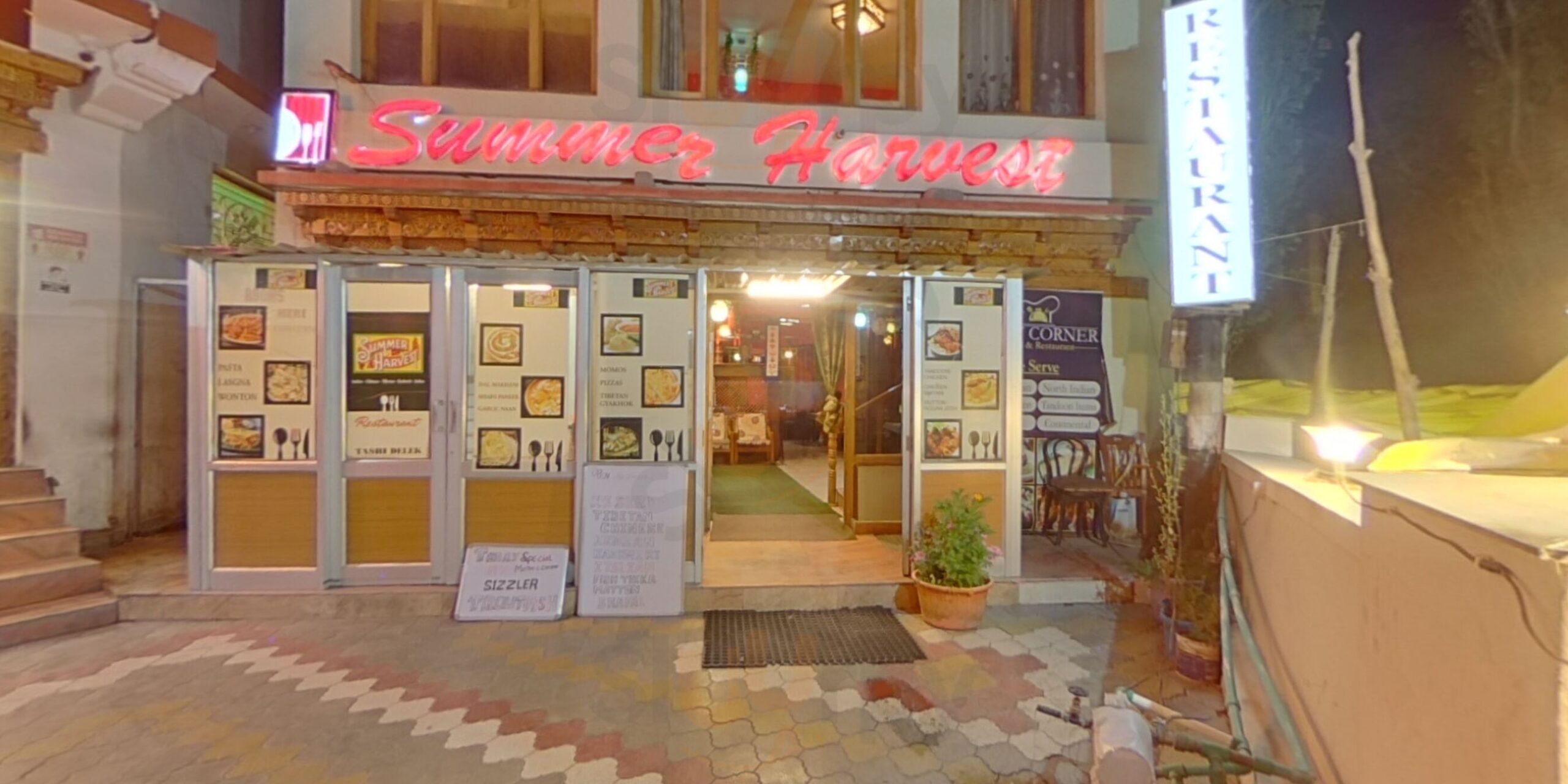
- Summer Harvest: Great for local dishes without breaking the bank.
2. Best Cafes in Leh for Scenic Views
Leh’s vibrant cafe culture is perfect for relaxing after a day of exploration.
2.1 Cafes with Mountain Views
Sip your coffee while soaking in panoramic Himalayan views.

-
- Open Hand Cafe: A charming spot offering coffee and fresh-baked pastries.

- Cafe Cloud: Known for its cozy vibe and breathtaking vistas.
2.2 Cozy Cafes for Coffee Lovers
Whether you need a quick caffeine fix or a place to unwind:
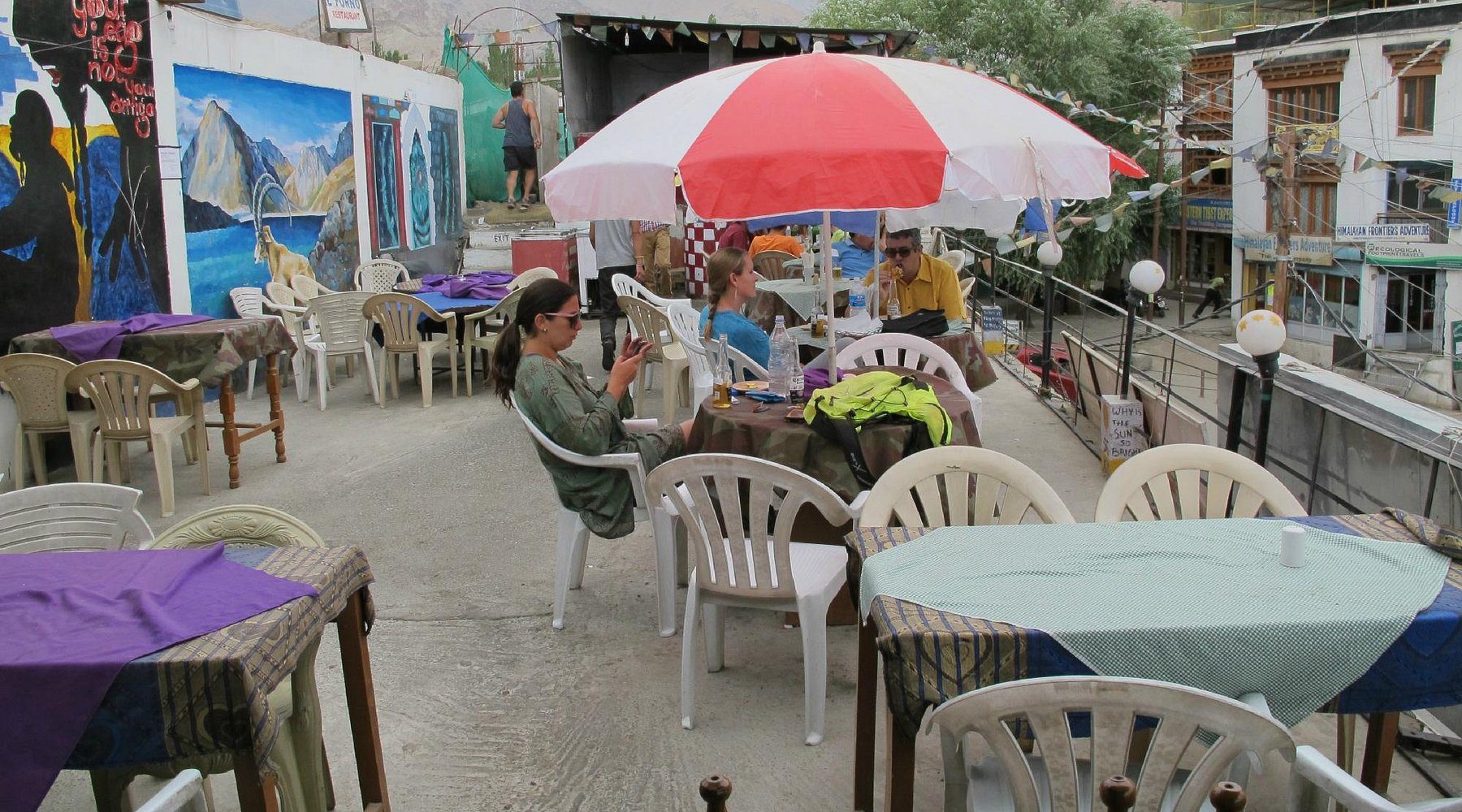
-
- Il Forno: A delightful pizzeria that also serves excellent espresso.
2.3 Unique Themed Cafes in Leh
Leh’s cafes offer more than just food – they provide unique experiences.
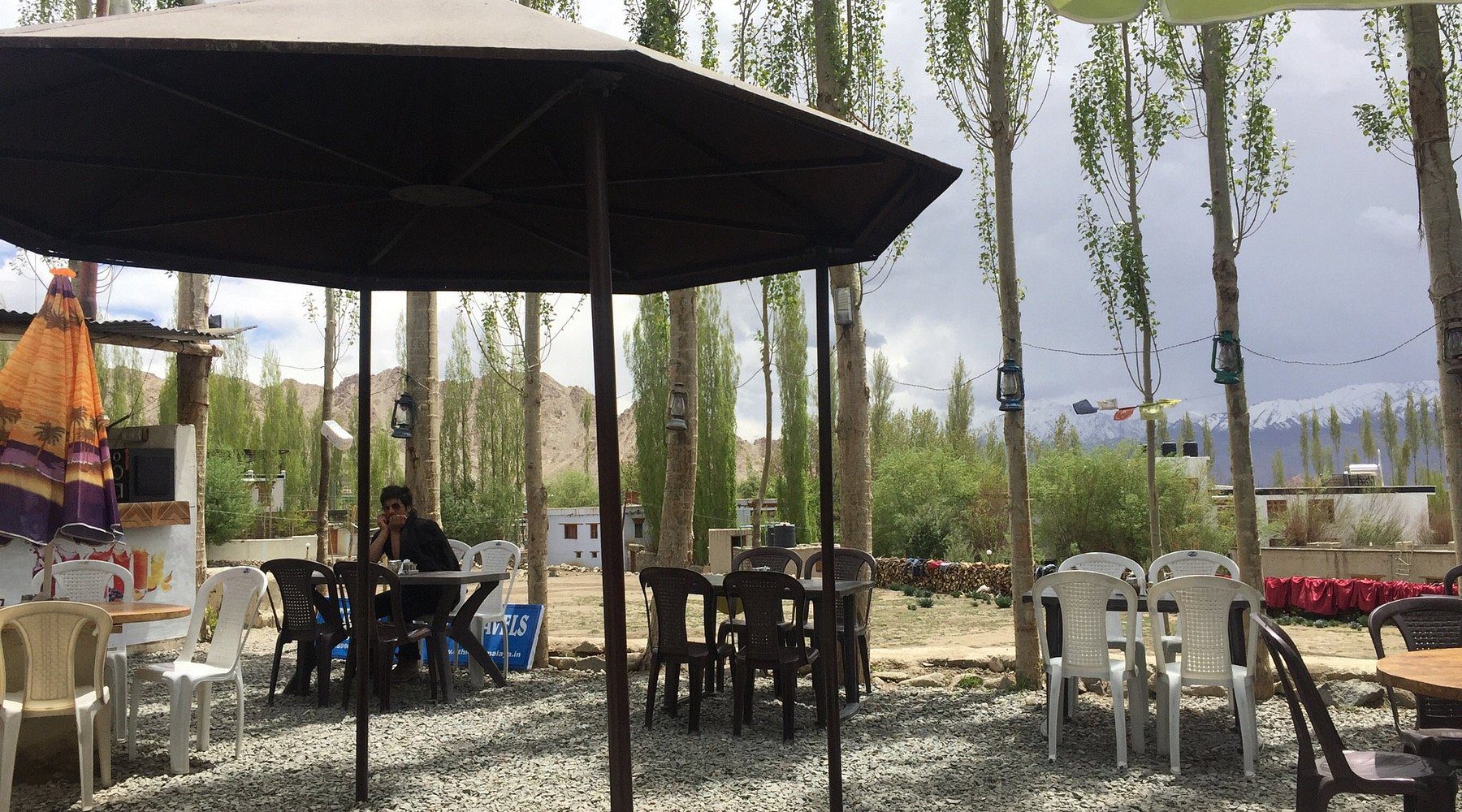
-
- La Piazzetta: Combines rustic interiors with a relaxed atmosphere.
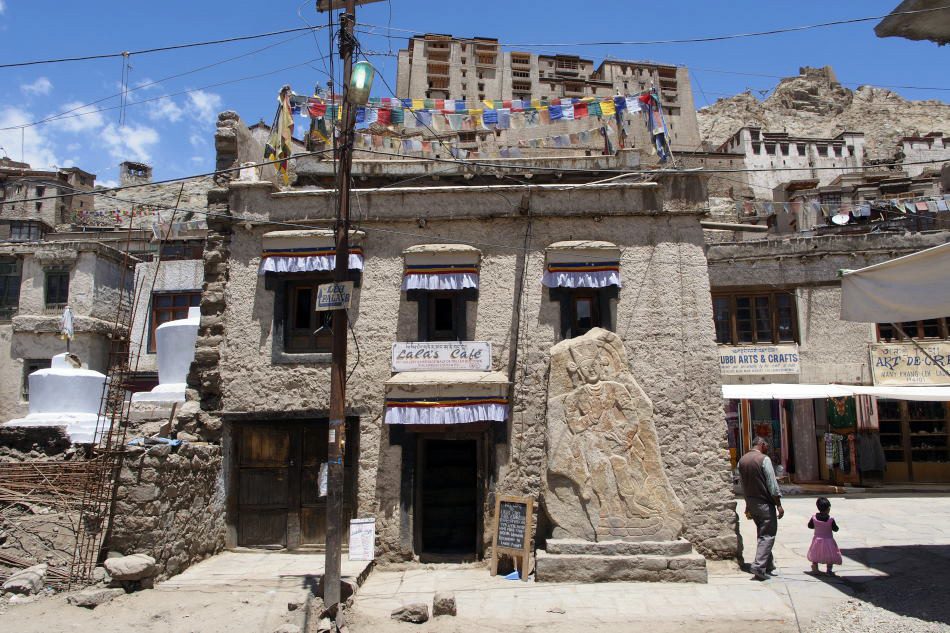
- Lala’s Café: An artistic haven showcasing local artwork alongside delicious food.
3. Where to Stay: Hotels, Guesthouses, and Eco-Resorts
From luxury hotels to eco-friendly stays, Leh has accommodations for every traveler.
3.1 Luxury Hotels in Leh
Indulge in comfort and luxury at these top-rated hotels:
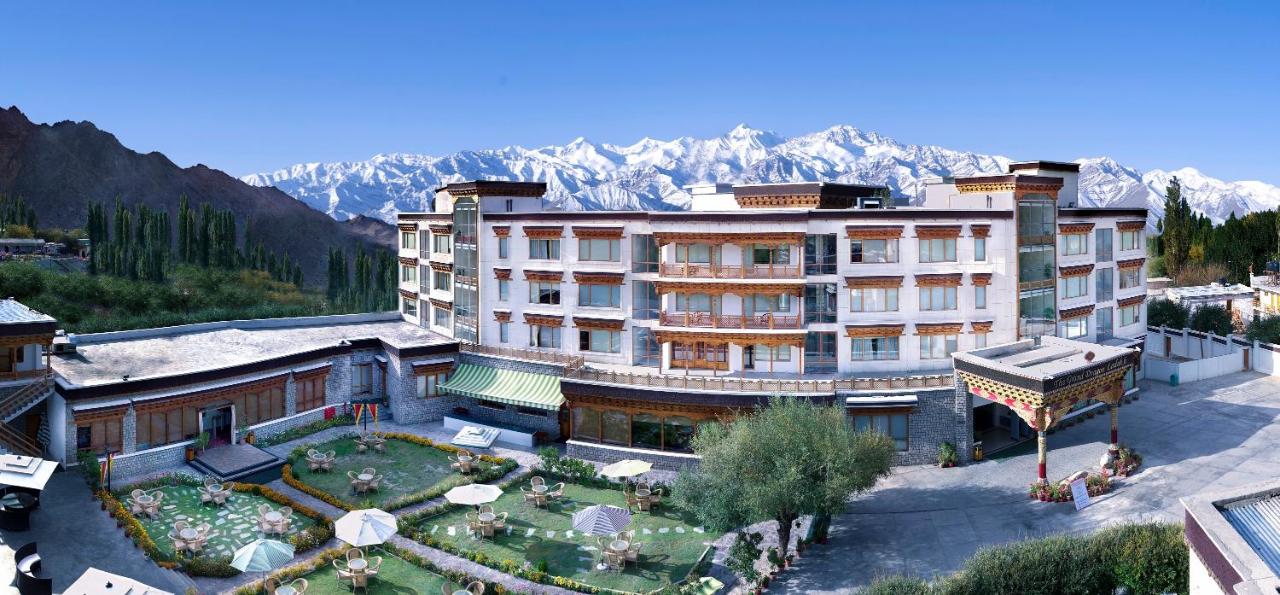
-
- The Grand Dragon Ladakh: Features world-class amenities and stunning views.
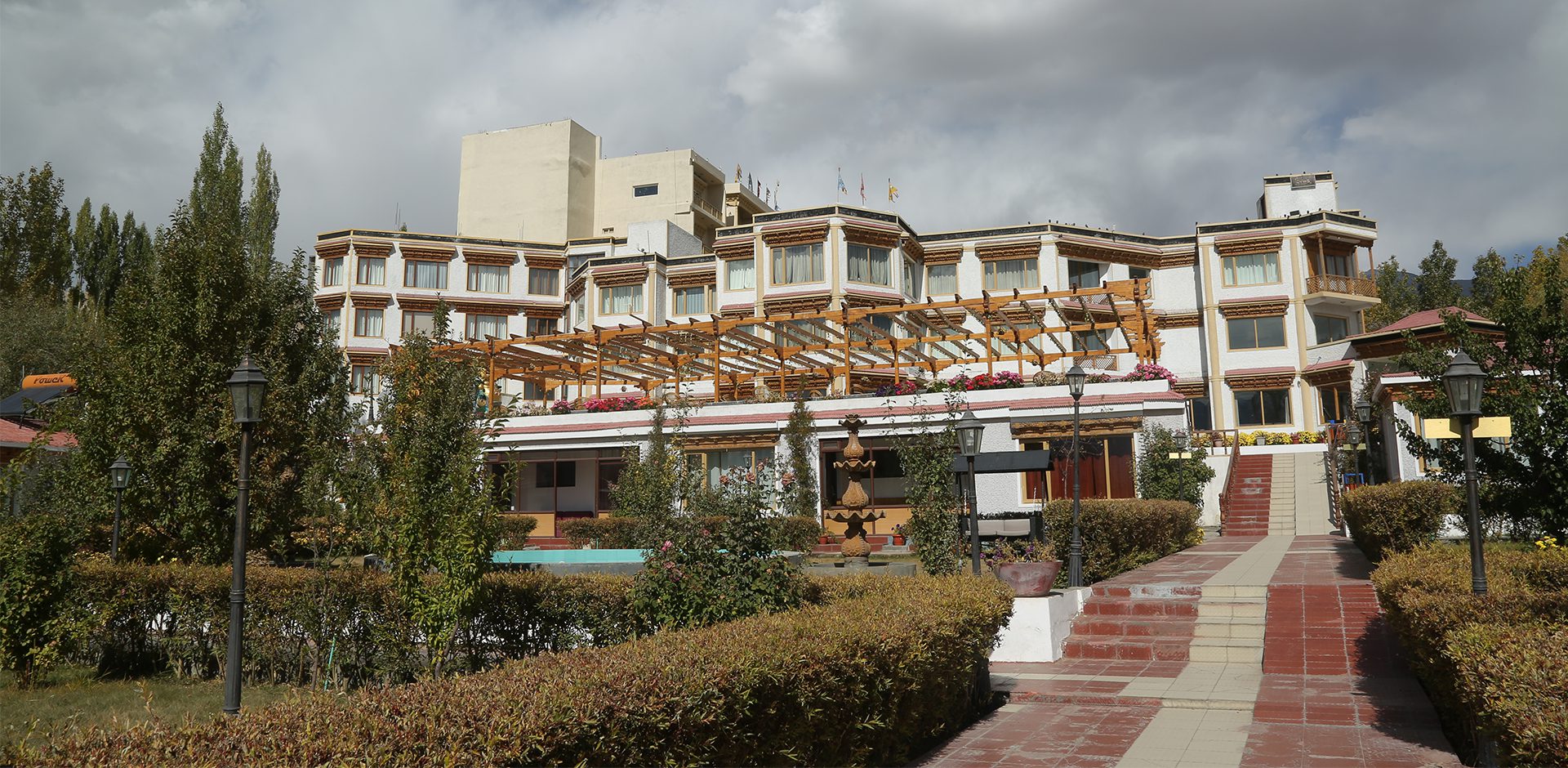
- The Zen Ladakh: Perfect for travelers seeking premium services.
3.2 Budget-Friendly Guesthouses
Affordable and welcoming, these guesthouses are ideal for budget-conscious travelers.

-
- Zik Zik Guest House: Offers a homely atmosphere and local hospitality.

- Sia-La Guesthouse: Loved for its clean rooms and friendly staff.
3.3 Eco-Resorts for Sustainable Stays
Sustainability meets comfort at these eco-resorts:
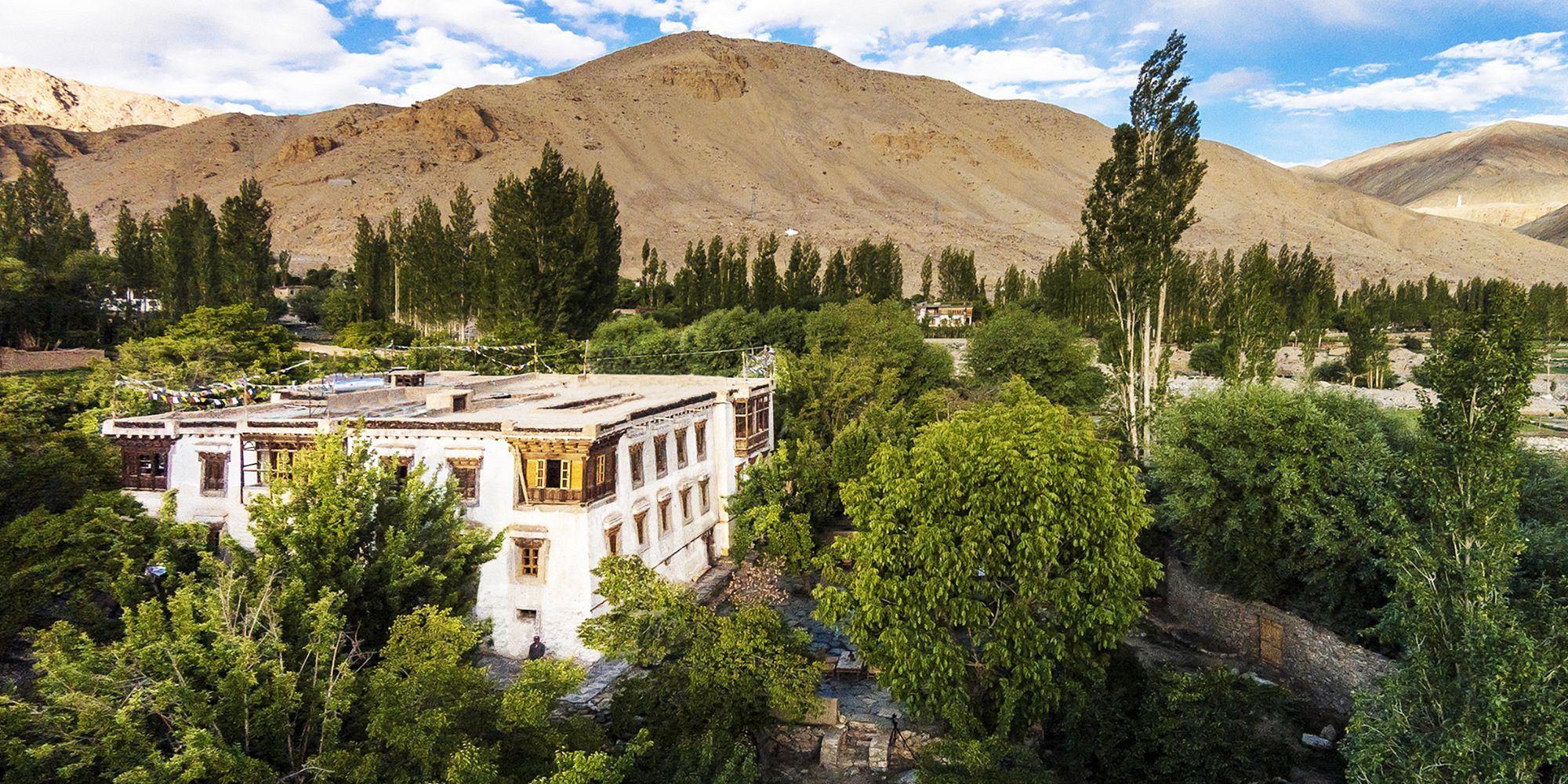
-
- Nimmu House: Promotes green tourism with eco-friendly practices.

- The Driftwood Ladakh: Combines modern amenities with environmental consciousness.
4. Exploring Leh Main Bazaar
Leh Main Bazaar is the bustling heart of the city, offering a mix of shopping, culture, and food.
4.1 Best Souvenirs to Buy
Take home a piece of Leh with these popular souvenirs:
- Pashmina Shawls: Renowned for their quality and craftsmanship.
- Ladakhi Handicrafts: Wood carvings, prayer wheels, and traditional jewelry.
4.2 Traditional Food and Snacks in the Market
Don’t miss the street food scene in the bazaar:
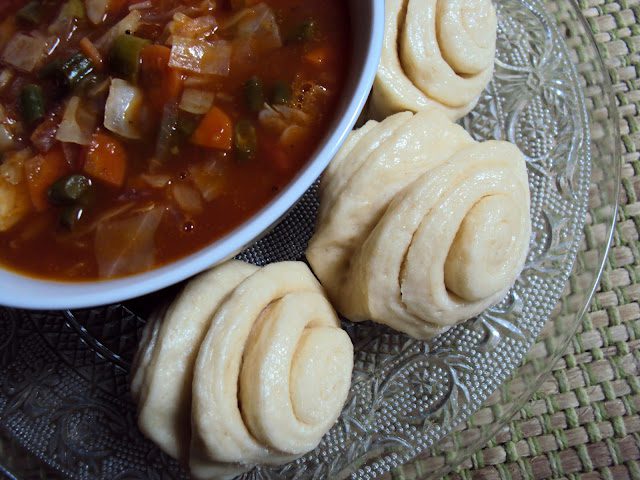
- Try Ladakhi Apricot Jam and freshly baked Tigmo bread.
4.3 Tips for Bargaining
Get the best deals by bargaining politely – a common practice in Leh.
5. Must-Visit Historical Landmarks: Old Leh Town & Leh Palace
History enthusiasts will love exploring these landmarks that tell Leh’s story.
5.1 Exploring Old Leh Town
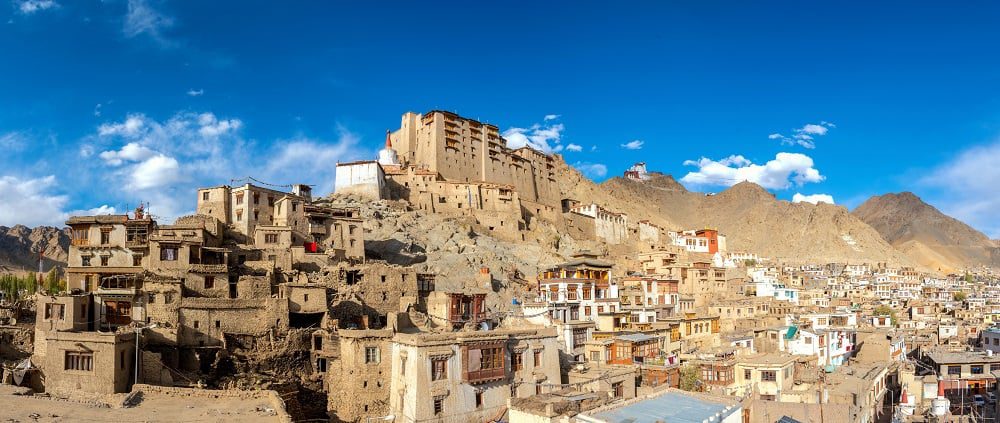
Walk through the winding lanes of Old Leh Town to discover its charm.
- Admire traditional mud-brick homes and ancient gompas.
5.2 Visiting Leh Palace
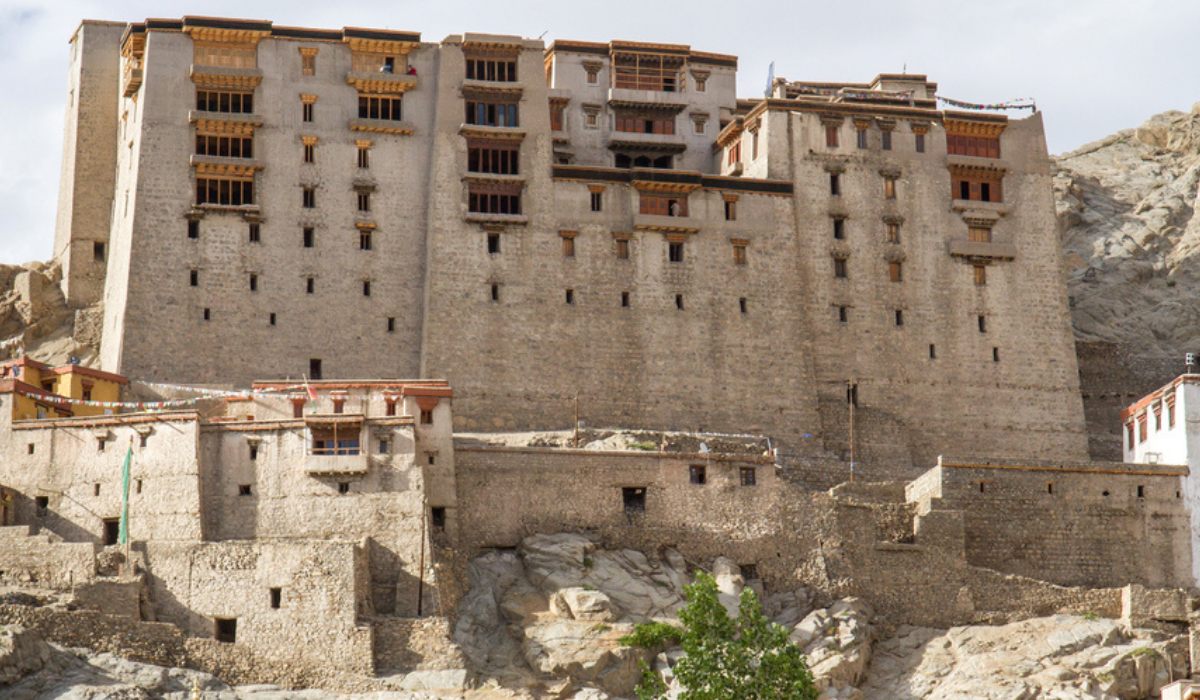
A 17th-century architectural wonder overlooking the town.
- Best visited in the evening for panoramic sunset views.
5.3 Combining Culture and History
Learn about Leh’s past through its preserved architecture and vibrant culture.
6. Shanti Stupa: A Symbol of Peace and Serenity
Perched atop a hill, Shanti Stupa is a must-visit for its spiritual and scenic significance.

6.1 History and Spiritual Significance
Built in 1991, this white-domed stupa is a symbol of peace.
6.2 Best Time to Visit Shanti Stupa
Sunrise and sunset are the ideal times to visit for photography and meditation.
7. Offbeat and Hidden Gems in Leh
Step away from the tourist crowd and discover Leh’s hidden treasures.
7.1 Hidden Monasteries Around Leh
- Chemrey Monastery: A quiet spot away from the usual tourist routes.
- Likir Monastery: Known for its stunning Buddha statue and peaceful vibes.
7.2 Scenic Villages Near Leh
-
- Alchi Village: Famous for its 10th-century monastery.
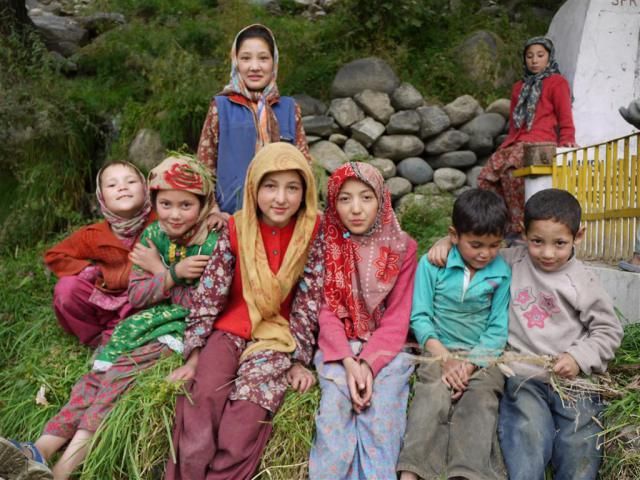
- Turtuk Village: A serene village offering a blend of cultures.
7.3 Secret Trails and Spots
- Explore trails leading to lesser-known vistas, perfect for adventure seekers.
Conclusion
Leh is a destination that blends natural beauty, cultural richness, and unforgettable experiences. From its vibrant bazaars and exquisite cuisine to serene monasteries and sustainable accommodations, there’s no end to what you can discover. Start planning your Leh adventure today and let its charm leave an indelible mark on your soul.
Customer Testimonials
“Leh is truly magical. The local cuisine and eco-friendly accommodations made my stay memorable!” – Emily Carter, UK, Environmental Scientist
“Exploring Leh’s markets and cafes was an experience like no other. Highly recommend it!” – John Smith, USA, Photographer
FAQs
- What is the best time to visit Leh?
- May to September is ideal for pleasant weather and clear skies.
- Are there sustainable accommodations in Leh?
- Yes, eco-resorts like Nimmu House and The Driftwood Ladakh prioritize sustainability.
- What are the must-try local dishes in Leh?
- Don’t miss Thukpa, Momos, and Butter Tea.
- How can I get around Leh?
- Local taxis, rental bikes, and walking are popular options.
- Are there hidden gems in Leh worth exploring?
- Yes, consider one day trip from Leh by car Chemrey Monastery, Alchi Village, and secret trails for a unique experience.

